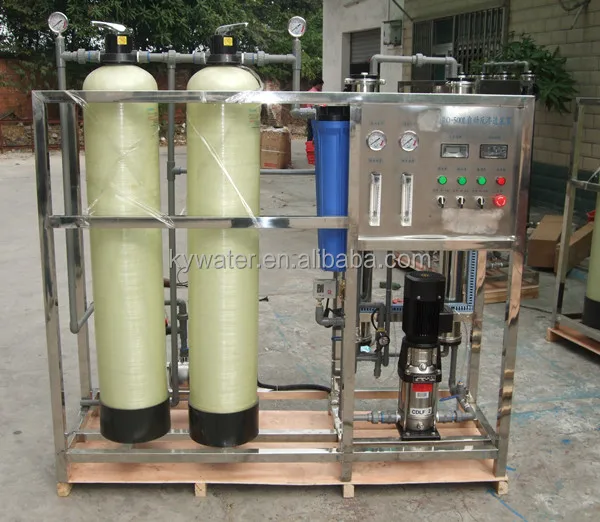
The results were expressed as L*, a* and b* values (Kim and Choi 2008). The color of the mandarin beverage powder (5 g) was determined using a colorimeter (CM-3500d, Minolta Co., Ltd, Tokyo, Japan). The water activity of the mandarin beverage powder (5 g) was determined with a thermoconstanter (TH-200, Novasina Co., Ltd, Lachen, Switzerland) (Kim et al. The moisture content of the resulting mandarin beverage powder (3 g) was determined gravimetrically by drying in an oven at 105 ☌ until constant weight (AOAC Official Methods 18 2005). Drying yieldĭrying yield was determined by dividing the weight of the solid mass obtained from the product collector and from the main chamber of the spray dryer by the total mass of solids fed into the spray dryer (Bastos et al. Twenty-five to thirty-five percent of maltodextrin was used as the carrier agent when inlet temperatures between 135 and 165 ☌ were applied, while 30–40% corn syrup was used as the carrier agent when inlet temperatures from 120 to 150 ☌ were applied. Different inlet air temperatures and proportions of carrier agents were applied in order to obtain the highest drying yield. Atomizer speed and feed rate were 9860 rpm and 16 mL/min. The sample mixture was fed into the main chamber through a peristaltic pump, and the feed flow rate was controlled by the pump rotation speed. The spray drying experiments were performed using a pilot-scale spray dryer (MH-8, Mehyun Engineering Co., Ltd, Anyang, Korea), with a rotary disk atomizer. Mandarin ( Citrus unshiu) beverage (50% mandarin juice, vitamin C, citric acid, enzymatically modified stevia glucosyl stevia, fluid fruit sugar, water, Lotte Co., Ltd, Anseong, Korea), maltodextrin MD-20 (Corn Products, Daesang Co., Ltd, Icheon, Korea) with 20 DE and corn syrup (55% maltose, 9% glucose, 17% maltotriose, 19% maltotetraose, Ottogi Co., Ltd, Icheon, Korea) were purchased from a local market. Consequently, this study aimed to investigate the effects of inlet air temperature, type of carrier agents and concentration of carrier agents used as drying aids during spray drying on the physicochemical characteristics and sensory evaluation results for mandarin ( Citrus unshiu) beverage powder. Thus, it is important to understand the factors that affect the product properties, to optimize the process operating parameters and to create products with better flavor, nutrition and process yield (Phisut 2012). The operating parameters play a significant role in the quality of spray-dried food. Due to these properties, it is used in various products including foods, fine chemical products and drugs (Park 1997).Ĭompared to liquid products, fruit juice powders are easier to transport because they have less volume and weight, more compact packaging and have longer preservation period. The dried powder consists of aggregates of primary particles and takes the general form of a sphere, which enhances the flow of the powder. In spray drying, both drying and pulverization occur simultaneously. The creation of microscopic drops enlarges the surface area and completes the drying process in a few seconds.

Spray drying is a technology that evaporates liquid into microscopic drops by spraying the raw material with solid particles followed by contact with hot gas (generally air). Thus, developing new kinds of processed foods using fruits with low marketability is desperately needed. Currently, some processed mandarin products such as mandarin concentrate, drinks, jam, tea, vinegar and yogurt are available, but mandarin is mostly consumed in the form of fresh fruits (Park et al. To expand the consumption of the mandarin, it is necessary to develop better technology for preservation and processing. However, it has been constantly noted that there are many problems in the preservation and processing of the mandarin due to its limited production period (Moon et al. Among the total mandarin consumption, 20–25% are consumed as processed fruits (Lee et al. In Korea, mandarin comprises up to 30% of total fruit consumption. Mandarin is a citrus fruit with a unique taste and color and contains significant amounts of organic acid, vitamin C and vitamin E.


 0 kommentar(er)
0 kommentar(er)
